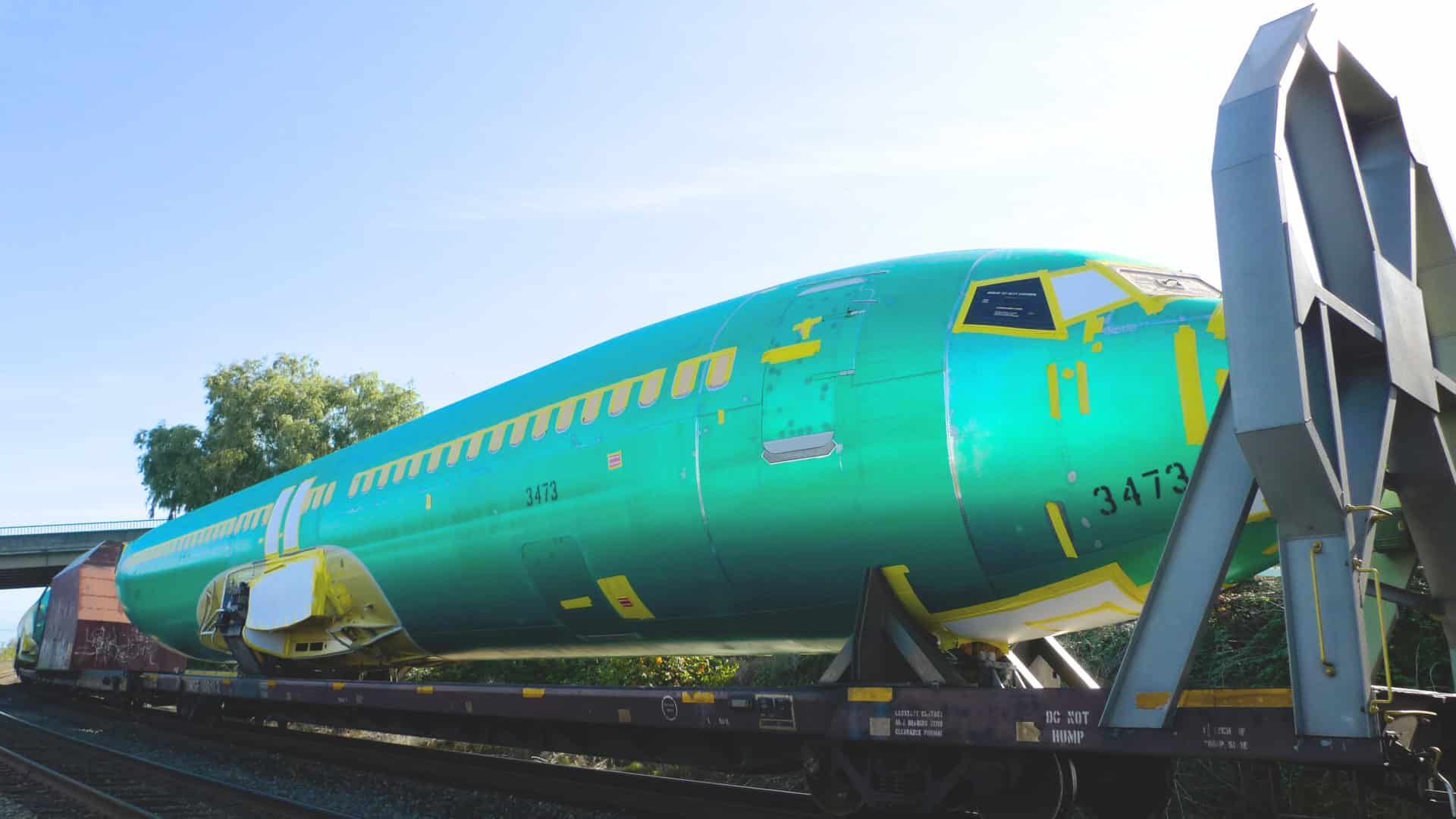Tech
Boeing evaluating the production rate of B737 max to 31 per month by end of 2022.

The Boeing Company [NYSE: BA] reported third-quarter revenue of $15.3 billion, driven by higher commercial airplanes and services volume. GAAP loss per share of ($0.19) and core loss per share (non-GAAP)* of ($0.60) primarily reflects higher commercial volume ). Boeing recorded operating cash flow of ($0.3) billion.
- Continued progress on global safe return to service of 737 MAX and focus on operational stability
- Revenue of $15.3 billion, GAAP loss per share of ($0.19) and core (non-GAAP)* loss per share of ($0.60)
- Operating cash flow of ($0.3) billion; cash and marketable securities of $20.0 billion
- Commercial Airplanes backlog of $290 billion and added 93 net orders
Commercial Airplanes third-quarter revenue increased to $4.5 billion primarily driven by higher 737 deliveries, partially offset by lower 787 deliveries. Third-quarter operating margin improved to (15.5) percent primarily due to higher deliveries.
Boeing is continuing to make progress on the global safe return to service of the 737 MAX. Since the FAA’s approval to return the 737 MAX to operations in November 2020, Boeing has delivered more than 195 737 MAX aircraft and airlines have returned more than 200 previously grounded airplanes to service. 31 airlines are now operating the 737 MAX, safely flying over 206,000 revenue flights totaling more than 500,000 flight hours (as of October 24, 2021). The 737 program is currently producing at a rate of 19 per month and continues to progress towards a production rate of 31 per month in early 2022, and the company is evaluating the timing of further rate increases.
Is China’s COMAC C919 better than B737max and A319neo ?
The company continues to focus 787 production resources on conducting inspections and rework and continues to engage in detailed discussions with the FAA regarding required actions for resuming delivery. The current 787 production rate is approximately two airplanes per month. The company expects to continue at this rate until deliveries resume and then return to five per month over time. The low production rates and rework are expected to result in approximately $1 billion of abnormal costs, of which $183 million was recorded in the quarter.
Southwest Airlines Orders 100 Boeing 737 MAX Jets, Plus 155 Options
Commercial Airplanes secured orders for 70 737 MAX, 24 freighter, and 12 787 airplanes. Commercial Airplanes delivered 85 airplanes during the quarter and backlog included over 4,100 airplanes valued at $290 billion.
Boom Supersonic to Roll Out Historic XB-1 Demonstrator Oct. 7
More Details : Click here

Tech
Scientists Create Drone with Fiber Optic “Nervous System” for Smarter Flight

Technology is advancing rapidly, with scientists constantly pushing boundaries. Now, researchers from Southampton have developed a unique drone equipped with its own “nervous system.”
This breakthrough allows the drone to process information and respond to its surroundings more like a living creature, making it faster and more adaptable than ever before.
China Set to Debut New J-35A Stealth Fighter at Zhuhai Airshow
Scientists at the University of Southampton have pioneered a groundbreaking development in drone technology by equipping a drone with its very own “nervous system.” This innovative system, made of fiber optics, enables the drone to function with greater autonomy and efficiency.
Unlike traditional drones, this technology allows the drone to operate for longer periods without needing frequent stops for manual inspections, drastically improving its operational capabilities.
Comparison of the Indian built Tejas MK1A vs South korean FA 50
Developed by Dr. Chris Holmes and Dr. Martynas Beresna from Southampton’s Optoelectronics Research Centre, the drone’s “nervous system” works by using optical fibers to monitor its condition in real-time.
These fibers detect stress and potential faults, sending data back to the ground team, allowing them to spot issues without interrupting the drone’s flight. The system uses a process called optical speckle, which projects images to assess the drone’s status, all while being supported by AI algorithms that interpret these signals for the ground crew.
Initially designed to deliver life-saving equipment like defibrillators in emergencies, this technology has shown promise in enhancing the drone’s longevity and reducing the need for extensive ground crew involvement.
This is especially crucial as the drone industry is projected to contribute up to £45 billion to the global economy by 2030, particularly in sectors like logistics and transportation. The University of Southampton’s team believes that the new system will revolutionize drone operations, making them more reliable, safer, and cost-effective for commercial use.
The technology, which has already been successfully tested on a drone developed by university undergraduates, is set to be commercialized by 2025, with the university’s Future Worlds acceleration programme providing vital support for its development.
-

 Aviation2 months ago
Aviation2 months agoMicrosoft Flight Simulator Raises $3 Million to Bring Back the An-225 Mriya
-

 Airlines2 months ago
Airlines2 months agoQantas Engineers Stage Walkout Over Cost of Living Concerns
-

 Airlines2 months ago
Airlines2 months agoQatar Citizens Can Travel to the United States Without a Visa
-

 Aviation2 months ago
Aviation2 months agoQatar Airways bans these new Electronic Devices on plane
-

 Airlines2 months ago
Airlines2 months agoJapan Airlines Rolls Out Free Domestic Flights to International Passengers
-

 Defence2 months ago
Defence2 months agoWhich Country Has the Largest Fleet of Fighter Aircraft?
-

 Airport2 months ago
Airport2 months agoWestern Sydney Airport Welcomes Its First Plane After 6 Years of construction
-

 Travel2 months ago
Travel2 months agoQatar Airways Launches Four Additional Flights from Amsterdam








